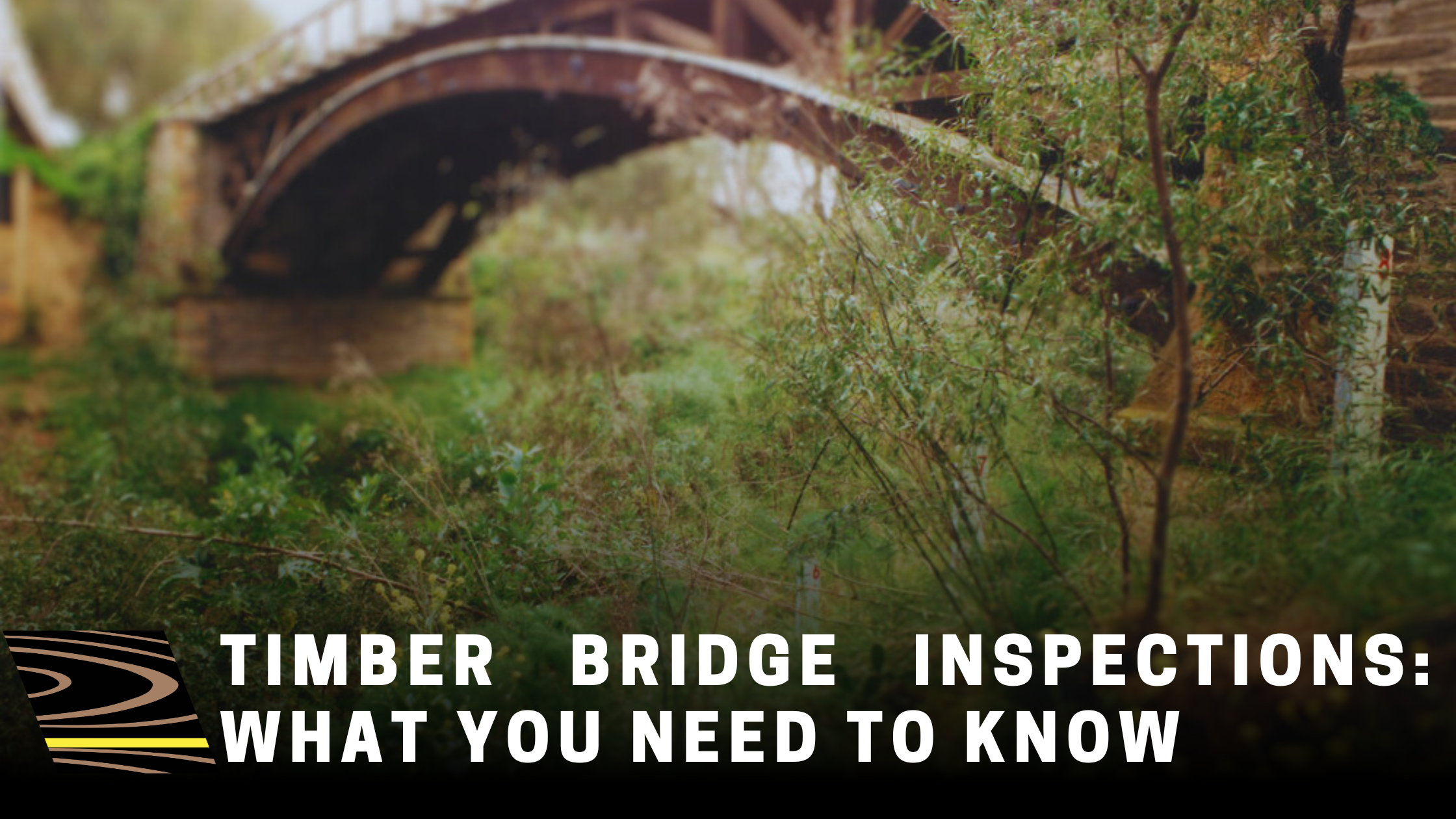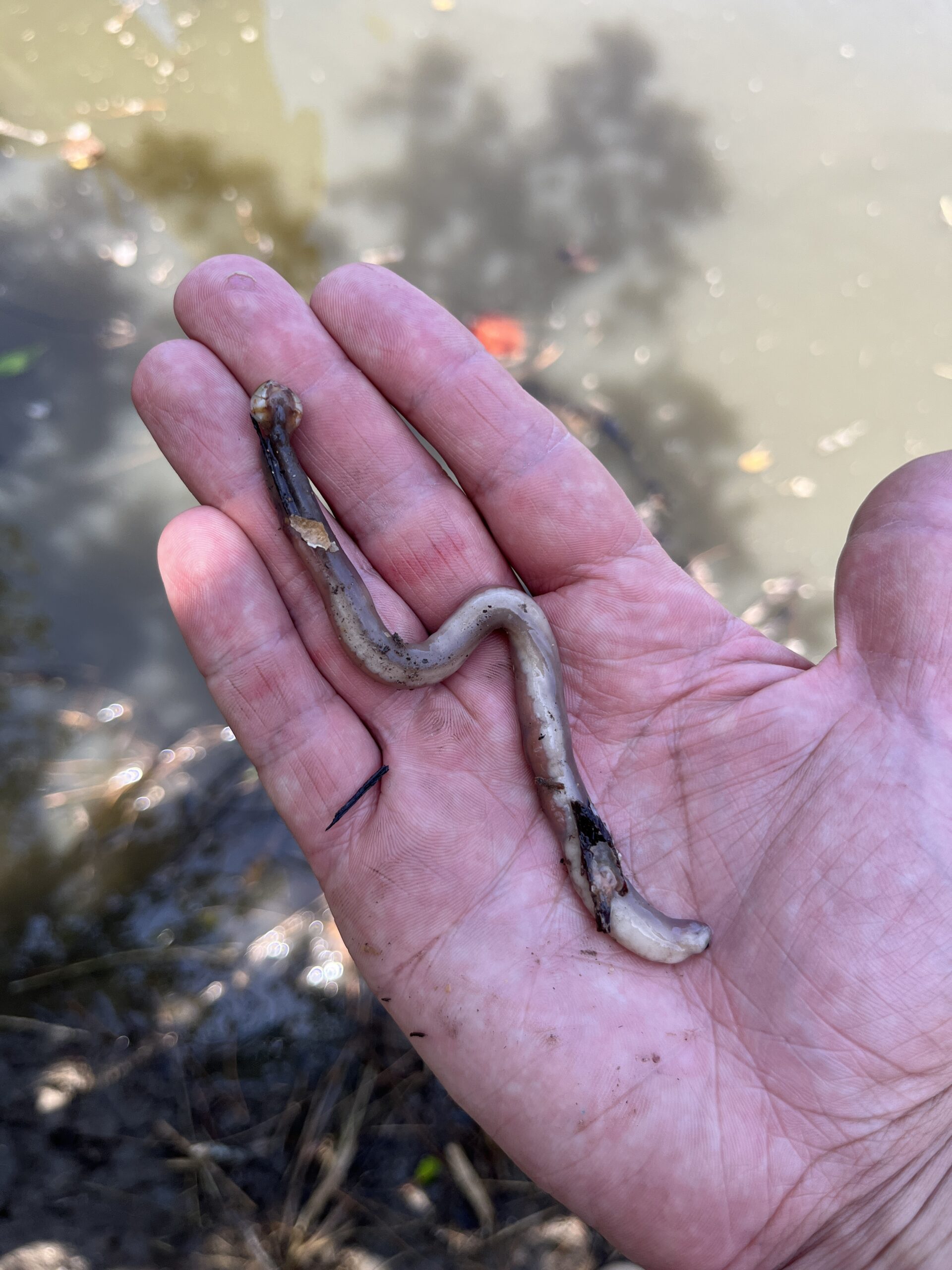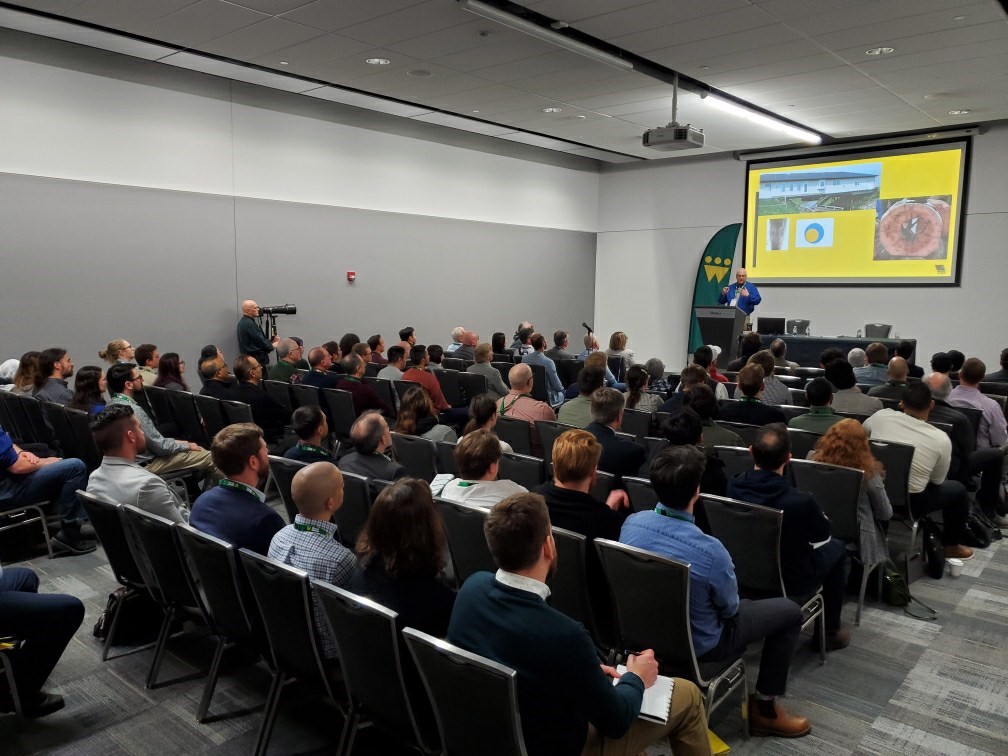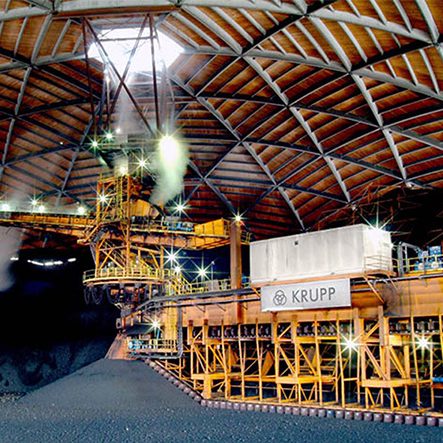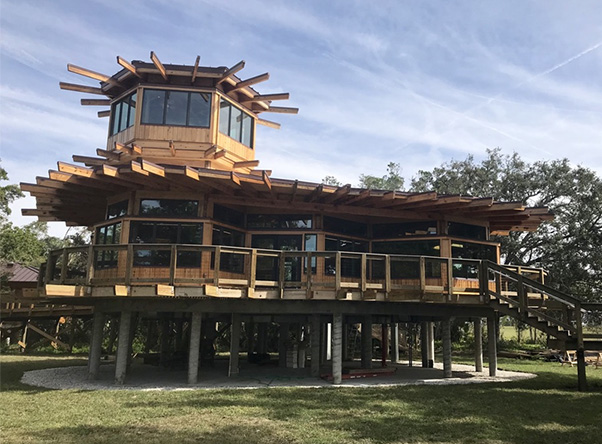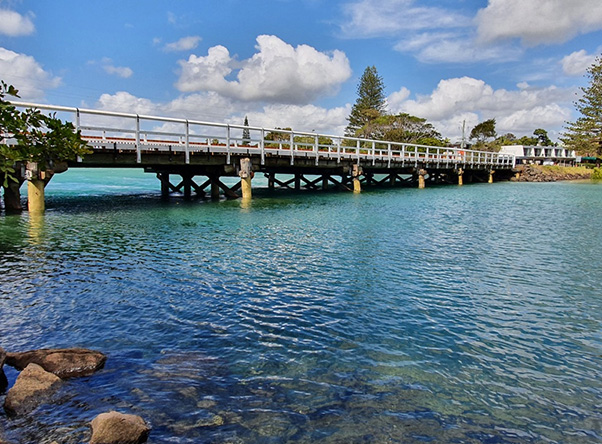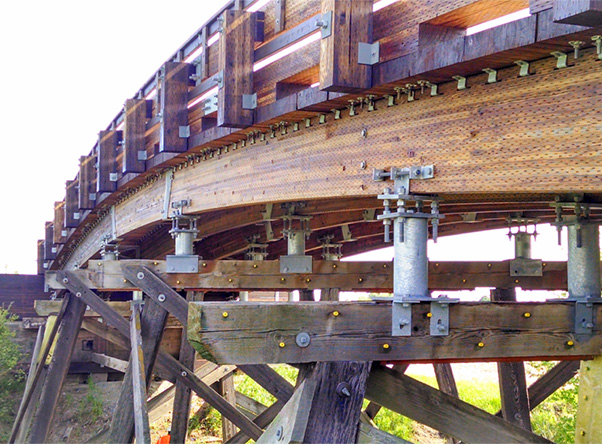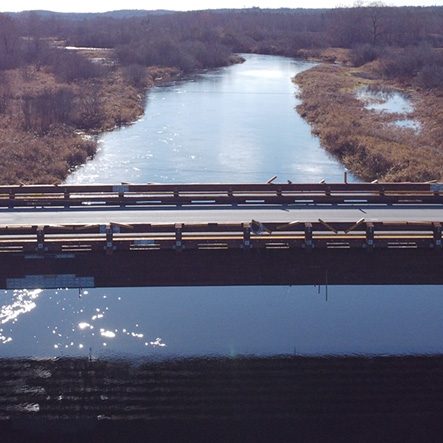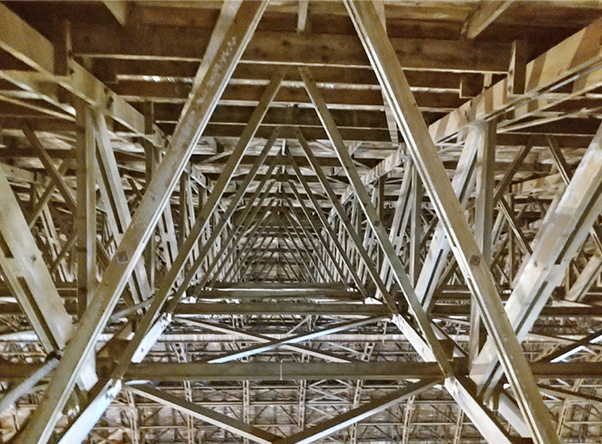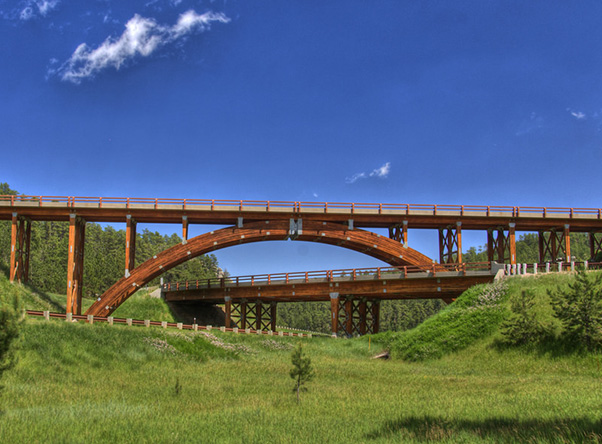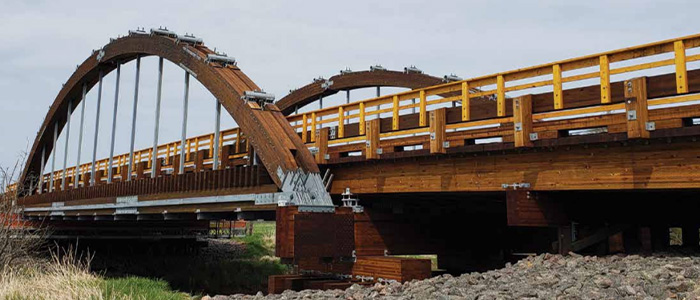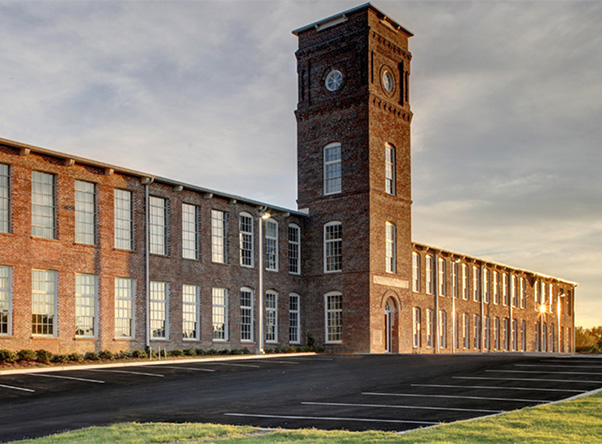Introduction
Timber bridge inspections are an integral part of infrastructure maintenance, playing a crucial role in ensuring the safety and longevity of these structures. Contrary to popular belief, regular inspections are necessary for all types of bridges, including concrete, steel, and mass timber. These assessments serve to proactively identify potential structural issues, minimizing the risk of significant damage or catastrophic failure. This article aims to provide a comprehensive understanding of timber bridge inspections, offering valuable insights to help you maintain the integrity of your timber bridge.
Engineers Nova Scotia is set to host an event for its registered members that every civil engineer, mass timber enthusiast, and structural engineer would be excited to attend. Dr. Dan Tingley, P.Eng., Senior Engineer for WRD and an expert in the field of wood products, will deliver a keynote presentation on Timber Bridges: Past, Present, and Future. The presentation offers an in-depth understanding of mass timber bridge development in Canada and covers crucial aspects such as the advantages of timber bridges, the new Timber Bridge Design Guide, and inspection, maintenance, and restoration of timber bridges.
Timeline and Frequency of Inspections
Environmental conditions, including factors such as weather patterns and geographical location, play a crucial role in determining the overall condition and performance of a bridge. The exposure to various weather elements, such as temperature changes, precipitation, and humidity levels, can gradually affect the structural integrity and durability of the bridge over time.
However, when it comes to conducting inspections, the timing in terms of opportunity cost takes precedence over these environmental factors. It is imperative to strategically plan and schedule inspections to minimize disruption to traffic flow and ensure efficient allocation of resources. By considering the opportunity costs associated with bridge closures or lane restrictions, inspections can be conducted at the most optimal times, minimizing the impact on daily commuter routines.
While the fluctuation of the bridge’s environment does have a significant impact on its long-term condition, its effects are relatively minimal in the short term. Therefore, in-depth inspections and analysis are typically necessary every 5-10 years, considering that substantial changes in the structure’s condition and integrity occur due to prolonged exposure and neglect in the changing environment.
To ensure effective asset management and address any potential concerns, we recommend implementing a comprehensive inspection plan. This plan involves conducting a Level I Inspection annually, which focuses on visual observations and basic measurements to assess the overall condition of the bridge. Additionally, a Level II Condition State Rating (CSR) should be performed every 5 years to evaluate the bridge’s performance and identify any deterioration trends. Finally, a Level III inspection, accompanied by a comprehensive structural analysis, should be conducted every 10 years to thoroughly assess critical zones and members of the bridge.
When determining the dates for these inspections, it is crucial to take into account both the opportunity costs associated with traffic disruptions and the level of access available for inspection equipment and personnel. By carefully considering these factors, bridge owners and managers can ensure the timely identification of any structural issues and implement appropriate maintenance measures to enhance the overall safety and longevity of the bridge.
Understanding the Condition of Your Bridge
In the evaluation of bridge conditions, while there is no universally accepted scale, most countries and governing bodies adhere to a similar guideline or scale for categorizing and rating their assets. Understanding the condition rating of your bridge is crucial for prioritizing maintenance and repairs. This not only minimizes the risk of emergency repairs but also ensures the proper functionality and safety of the bridge.
The American Association of State Highway and Transportation Officials (AASHTO) provides a comprehensive guideline for assessing bridge conditions. This guideline employs a four-point system that classifies bridges into the categories of Good, Fair, Poor or Failed. It is important to note that each condition rating is associated with specific criteria, which may vary depending on the type of bridge being inspected.
Furthermore, AASHTO continually updates its rating system to align with the latest standards. Therefore, bridge owners and asset managers must stay informed about these changes to accurately rate and evaluate their timber bridges.
Inspection Process & Techniques
To accurately assess the condition of a timber bridge, it is imperative to have a comprehensive understanding of the entire inspection process and the tools employed. The inspection process can be effectively divided into three distinct phases: Visual inspections, Non-destructive testing (NDT), and Destructive testing (DT).
Visual inspections encompass a thorough evaluation of both the exterior and interior of the bridge from ground level. This involves carefully examining the timber for any signs of wear and tear, such as surface cracks or discoloration. Additionally, inspectors scrutinize for indications of decay, such as fungal growth or soft spots in the wood. They also pay close attention to any visible cracks, splits, or other structural flaws that could compromise the integrity of the bridge.
Furthermore, visual inspections encompass the identification of loose bolts or any potential sources of corrosion or damage. Inspectors check for signs of rust or corrosion on metal components, such as fasteners or connectors. They also inspect the overall alignment and stability of the bridge, looking for any signs of movement or shifting.
Non-destructive testing (NDT) techniques employ specialized instruments and methods to detect concealed structural issues and defects without causing any damage to the bridge. For example, thermal imaging can be used to identify areas of the timber that may have elevated temperatures, indicating potential decay or moisture issues. Ultrasonic testing can be used to detect internal voids or delamination within the timber, which may compromise its strength and stability.
NDT plays a vital role in identifying signs of deterioration before they become apparent or cause significant harm to the bridge. By using these advanced techniques, inspectors can gather valuable information about the internal condition of the timber without the need for destructive testing.
Lastly, destructive testing (DT) involves extracting sample cores from the timber structure and subjecting them to various tests. These tests can include strength measurements, moisture content analysis, and decay index assessment. By performing DT, inspectors can obtain more detailed information about the properties and condition of the timber, helping to make more informed decisions about necessary repairs or maintenance.
It is crucial to note that DT samples should be limited and obtained only after meticulous visual and NDT inspections have been conducted. This ensures that destructive testing is performed in a targeted and efficient manner, minimizing any potential damage to the bridge while still obtaining valuable data.
Conclusion
Understanding the condition of your timber bridge and conducting regular inspections is crucial for ensuring its longevity and safety. It is imperative to emphasize that simply inspecting the bridge is insufficient; necessary repairs and maintenance must also be carried out as recommended by qualified engineers or inspectors. This proactive approach helps mitigate the risk of significant damage or catastrophic failure resulting from neglecting regular bridge inspections and follow-up repair work. This article aims to provide a comprehensive understanding of timber bridge inspection processes, along with the tools and techniques employed to assess the condition of such structures. By adopting the appropriate approach, your timber bridge can continue to serve as a secure and dependable structure for many years to come.
Please do not hesitate to contact us should you have any further inquiries regarding timber bridge inspections or maintenance. Our team of experts is readily available to provide assistance and address any questions you may have. We eagerly await your response.
Wood Research and Development
For more information on Engineering, Structural Engineering, Timber Repair, restoration, inspection, testing, or wood technology topics please subscribe to our blog below. Also, to find out more information on Wood Research and Development (WRD) and the services we offer, and how we can help you with your next project please visit us here

